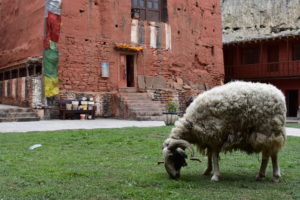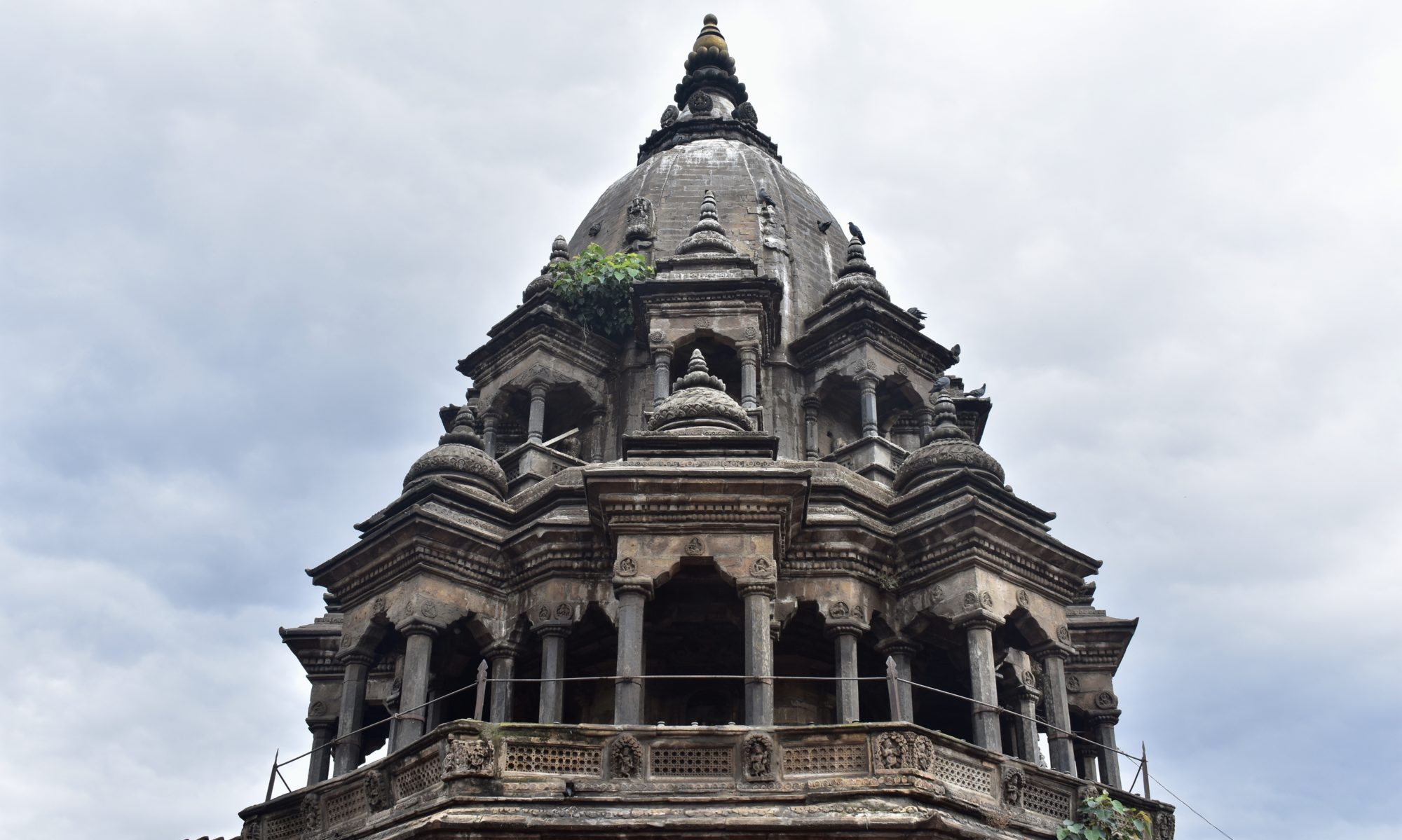There is something somehow calming about knowing that there is no way to tell what time you will arrive at your destination. You know that you will get there, eventually. And it will very rarely be at the scheduled time. And there is nothing you can do about it.
Nepal’s timezone is 15 minutes ahead of India’s, setting it just slightly off from  the country that surrounds it on three sides. This is NPT – Nepal Standard Time. This partially political statement is just one more way the country is defined as “not India.” The locals, however, know a different NST – Nepal Stretched Time.
the country that surrounds it on three sides. This is NPT – Nepal Standard Time. This partially political statement is just one more way the country is defined as “not India.” The locals, however, know a different NST – Nepal Stretched Time.
Similar to the “mas o menos” culture of many Latin American countries, things in Nepal rarely happen when they are scheduled to. This is partly due to infrastructure, but is ingrained in the people as well. Most of the roads in the country are dirt, and there are frequent delays for flat tires, construction, and traffic snafus that involve lines of vehicles reversing until the ones coming from the other direction can pass through a narrow patch. These components all came together in my life to stretch what was supposed to be a 10-hour bus ride from Jomsom to Pokhara into a 16-hour adventure. We were some of the lucky ones.
At home, my life is run on a much stricter schedule. Everything is planned out, and I am known among my friends and family for always arriving to things early. I grew up in a home that considered it rude to arrive late, and even went to a camp where one of the daily mantras was “early is on time, on time is late, and late should never be used in a sentence unless it’s with ‘I will never be.” So clearly, there was a bit of mental adjusting for me to do when I arrived in Nepal for the first time.
The thing about Nepal Stretched Time is that it is so ingrained in everyday life, which means people don’t get angry when things take longer than expected. In fact, most people just look at each other and grin or roll their eyes when delays are announced. Everyone just does as much as they can, and it’s not a big deal when things take longer or don’t work the first time. People just keep trying and moving on to a different solution until something works. Since the expectation is that anything could happen, no one gets upset by things that are out of their control. It’s just a part of what you sign up for – almost nothing will go exactly according to plan.
Not only does the idea of Nepali Time apply to time itself, it also often appears in how people use that time or plan things in the first place. For example, when I was teaching at a monastic school in a remote village for a month, I never knew which of the 9 possible classes I would have each day. This was partly because there was a lot of work being done to prepare for the opening and consecration of their new monastery building, so many of the older students were taken out of class to help with the preparations. Every day I showed up wondering which students I would have in class. And how many classes there would be. And what order they would come in.
The first week, I tried to make sense of it, tried to pin down the order

that students would come to my room in in order to mentally prepare for the day. After the first week, I pretty much gave up on this, though I did notice there were certain classes that came in oder more often than others. I found it so much more frustrating to try to plan everything out and then have those plans drastically change than to have more of a basic idea of what I could do with each class, and then go with the flow. As I spent more time with the students, this got easier as well.
Coming back home, I want to bring some of these attitudes aligned with Nepali Time into my own life in the United States. As someone who is often stressed out by getting places on time, I found it so incredibly calming to just accept that things were going to happen that were outside of my control, and that I was along for the ride. I think that, as with everything, there is a balance to strike when applying this to life in the USA. For me, it means I have become more accepting and less nervous about things that are out of my hands, but still do everything I can on my end to help things come to fruition.
Overall, I think that the most important thing I’ve learned from Nepali Time is that things will happen eventually, and it really doesn’t matter when. This could be thought of on a daily level, but I think it also applies to life in general. So many people worry about going through life in a specific order, having one thing lead directly to the next. This strategy can lead to missing other opportunities that might present themselves, and can make you feel trapped by needing to have things follow the perfect path.
Obviously Nepal has a very different cultural context from the United States, but I know I will benefit from bringing a bit more of the Nepali Time attitude into my life here. To me, everything about Nepali Stretched Time is just a reminder that not everything is about you, and that there are so many other factors at play which make any small success feel a bit like a miracle. It has allowed me to have more fun with life, and to enjoy the moments when I’m sitting and waiting for the next thing to happen rather than just stressing out about all the things that could be going wrong.
This post was brought to you by
16 hour bus trips
Broken planes
Bumpy Jeep rides
and
Gleeful excitement that anything could happen
